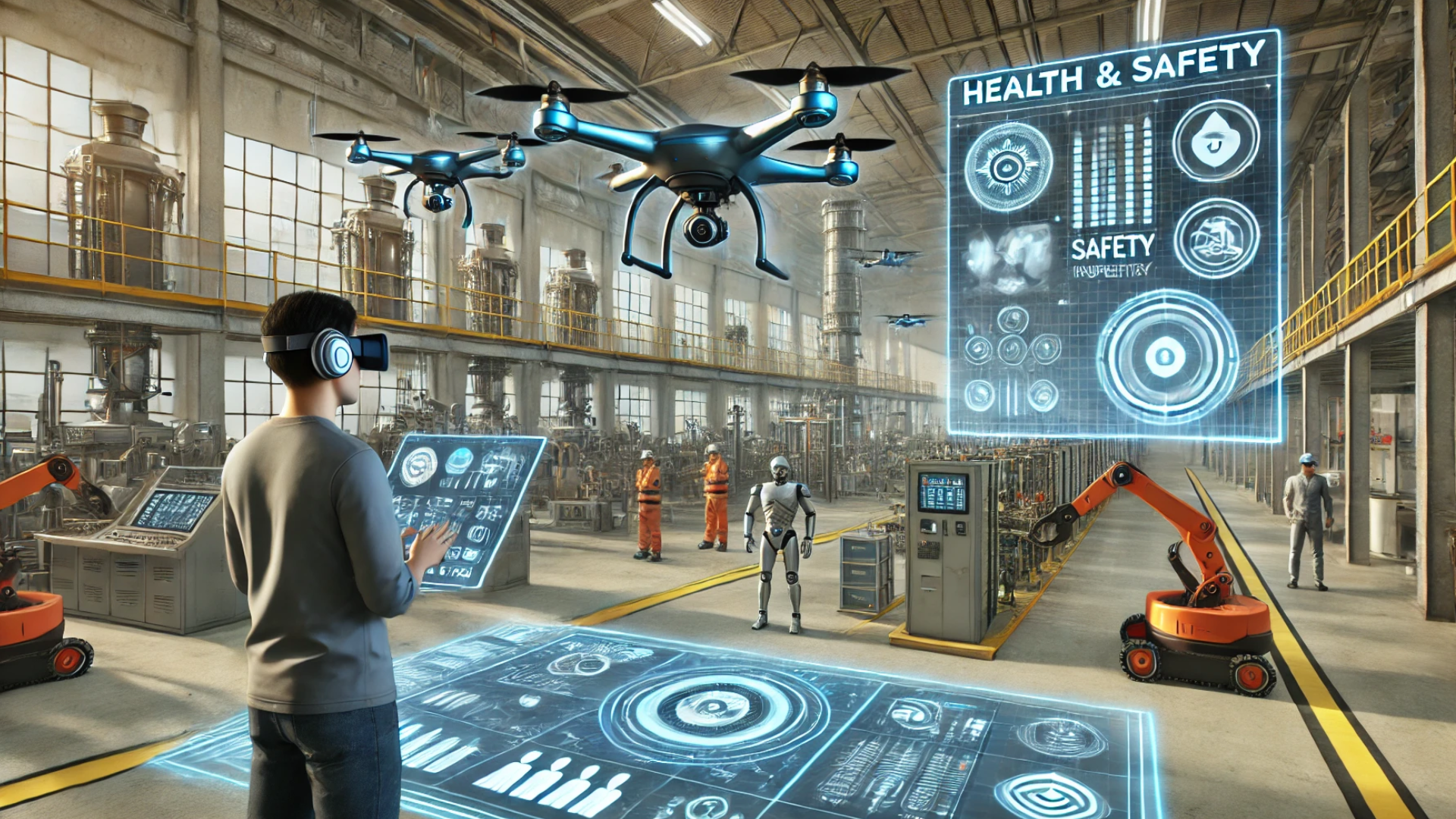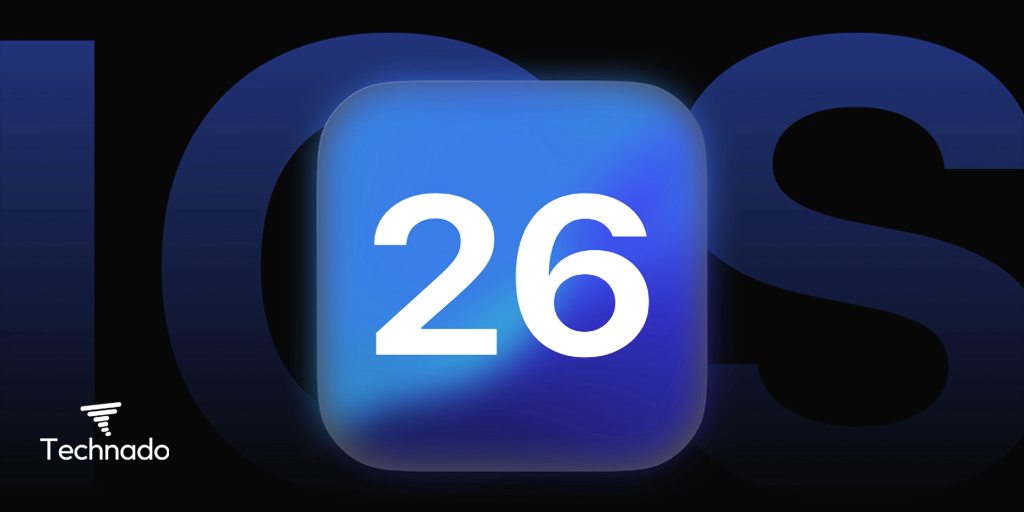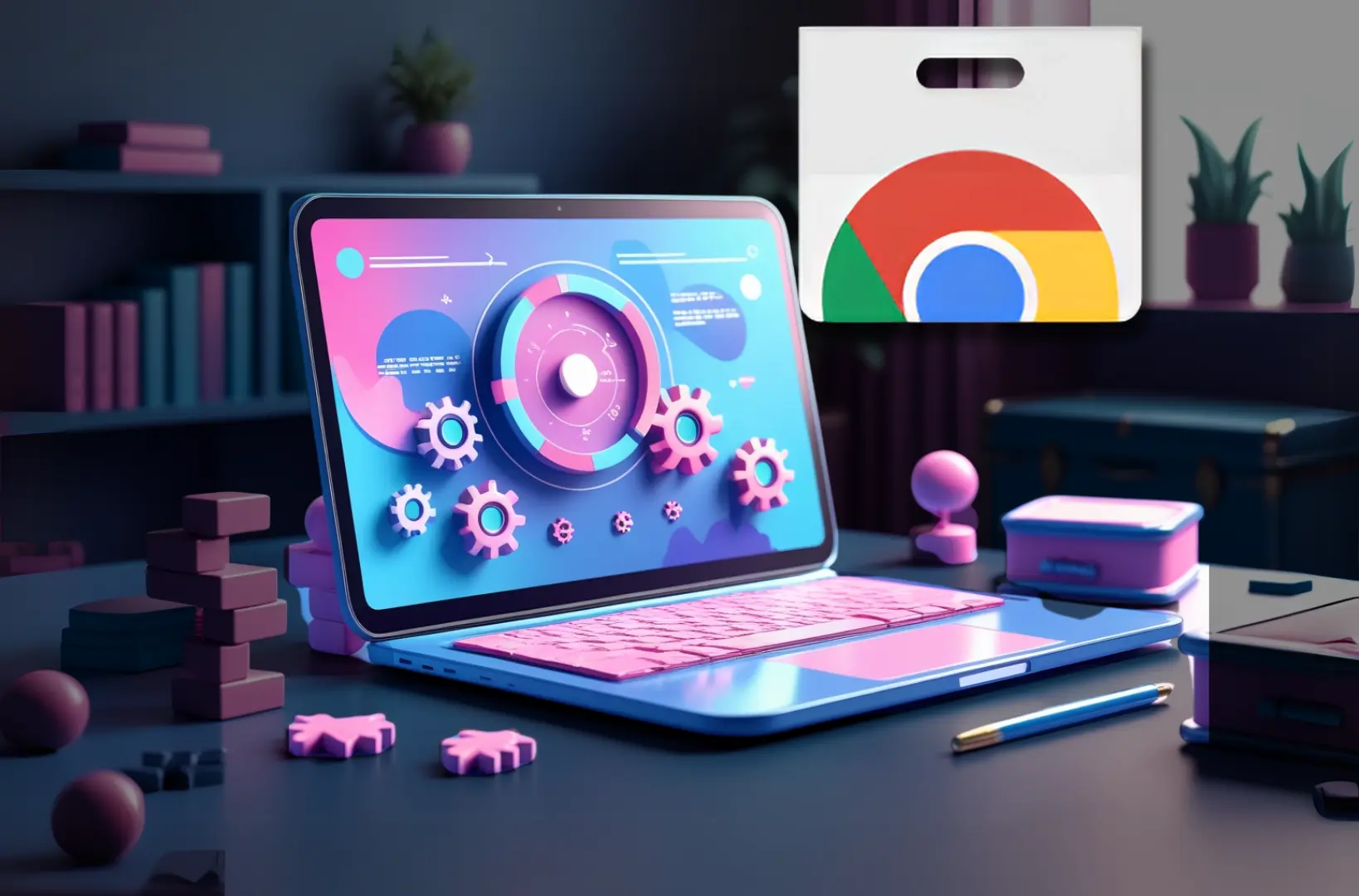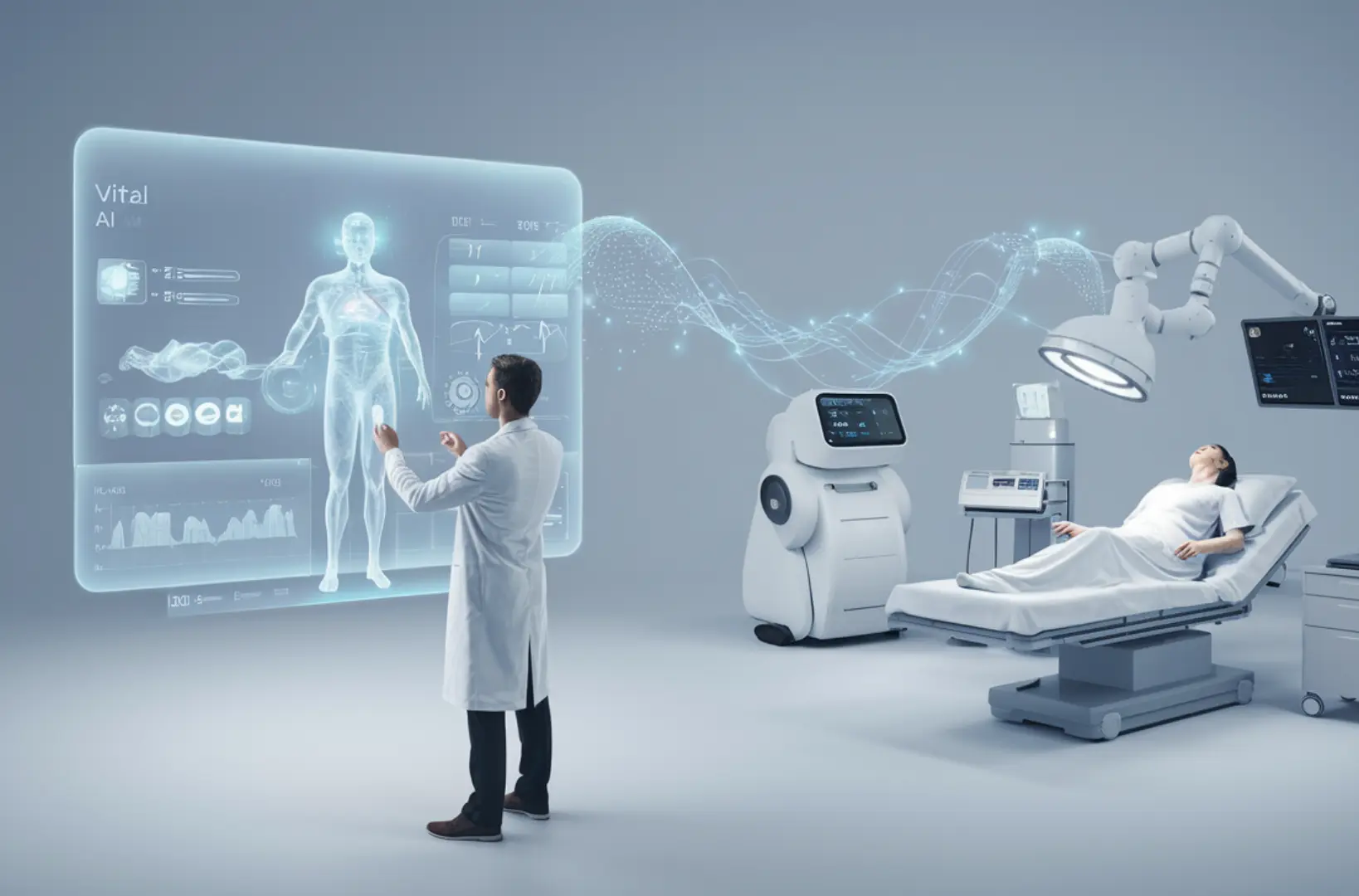In today’s rapidly evolving world, technology plays a crucial role in transforming industries, and the field of health and safety inspections is no exception. Traditionally, these inspections relied on manual processes, often involving paper checklists, handwritten notes, and extensive documentation. While effective, these methods were time-consuming and prone to human error. The integration of modern technologies, such as mobile applications, IoT devices, drones, and AI, has revolutionized the way safety inspections are conducted. These innovations not only enhance the accuracy and efficiency of inspections but also enable real-time data collection, instant reporting, and predictive risk analysis. With industries constantly evolving, the importance of embracing technology in health and safety inspections has never been more apparent. This blog delves into the various technological advancements transforming health and safety inspections and how they are shaping a safer, more efficient future for workplaces around the world.
The Evolution of Health and Safety Inspections
Health and safety inspections have always played a crucial role in identifying potential hazards and mitigating risks in the workplace. However, traditional methods, including manual checklists, handwritten notes, and extensive documentation, often resulted in inefficiencies. Inspections could be delayed, reports might be incomplete, and in some cases, safety hazards went unnoticed.
The shift toward digital tools, mobile applications, and data analytics is revolutionizing the way organizations conduct inspections. These innovations allow for real-time updates, thorough analysis, and quicker response times, all while minimizing human error and boosting compliance.
The modern role of technology in health and safety inspections involves not just replacing paper-based processes but significantly enhancing the overall inspection system. From predictive technologies to automated reporting, technology is making inspections more thorough, faster, and safer.
Key Technologies Revolutionizing Health and Safety Inspections
1. Mobile Applications and Software Solutions
Mobile applications designed specifically for health and safety inspections have become indispensable for modern workplaces. These apps enable inspectors to perform checks and document findings on-site, directly from their smartphones or tablets. Some of the standout features of these mobile solutions include:
- Customizable Checklists: Industry-specific checklists that align with regulations, allowing for tailored inspections.
- Real-Time Data Sharing: Inspectors can instantly share results, reports, and images with relevant stakeholders or departments, facilitating quicker decision-making.
- Photo and Video Capture: The ability to capture visual evidence, such as photos and videos, allows for better documentation and clarity when addressing hazards or risks.
- Task Management: Many apps include task assignment features, enabling teams to track who is responsible for follow-ups, corrective actions, and pending inspections.
Popular apps such as iAuditor and SafetyCulture have gained widespread use across various industries due to their user-friendly interfaces and robust features. These platforms ensure that businesses stay compliant while improving safety standards and internal communication.
2. Internet of Things (IoT) Devices
The Internet of Things (IoT) is transforming workplace safety by connecting devices and sensors to a central network. These IoT devices continuously monitor environmental and operational conditions in real-time. Key applications of IoT in safety inspections include:
- Environmental Monitoring: Sensors track air quality, temperature, humidity, gas leaks, and noise levels, providing ongoing data to ensure that the workplace is free of hazards.
- Equipment Condition Monitoring: IoT sensors on machinery detect signs of wear and tear, overheating, or malfunction, preventing accidents caused by faulty equipment.
- Proactive Alerts: IoT devices can send automated alerts to supervisors or safety managers if they detect unsafe conditions, allowing them to act before accidents occur.
By embedding sensors in critical systems and equipment, IoT enhances the speed of inspections and ensures continuous monitoring of potential hazards. These devices provide a layer of proactive risk management, reducing the likelihood of accidents and increasing workplace safety.
3. Drones and Robotics
Drones and robotics have found their niche in performing inspections in environments that are difficult, dangerous, or expensive to access. For example, construction sites, manufacturing plants, and oil rigs often involve hazardous locations where traditional inspections are risky. Here’s how these technologies are being utilized:
- Aerial Inspections: Drones equipped with high-resolution cameras and sensors are ideal for inspecting large areas like construction sites, roofs, power lines, and tall structures. They can capture detailed images and videos of hard-to-reach locations and generate reports based on their observations.
- Robotics for Hazardous Areas: In industries like mining or oil and gas, robotics are used to inspect equipment, pipelines, and hazardous areas, ensuring workers don’t have to enter dangerous environments. Robots equipped with cameras, infrared sensors, and gas detectors can collect data in real-time and transmit it to safety teams for immediate analysis.
Drones and robotics reduce human exposure to potential risks while enhancing the thoroughness and accuracy of inspections. They also speed up the process of gathering data, making them invaluable in high-risk environments.
4. Artificial Intelligence (AI) and Machine Learning
Artificial intelligence and machine learning algorithms are at the forefront of transforming the way health and safety data is analyzed. AI can analyze vast amounts of data collected during inspections to identify patterns, predict potential risks, and offer preventive solutions. Some key benefits of AI in safety inspections include:
- Predictive Analytics: AI uses historical data to predict potential risks, such as machinery breakdowns, employee health issues, or even environmental hazards. This allows organizations to take preventive action before a problem arises.
- Automated Reporting and Analysis: AI-powered systems can automatically generate detailed reports from inspection data, removing the need for manual entry and reducing errors.
- Pattern Recognition: Machine learning algorithms detect trends and recurring safety issues that may not be immediately obvious, helping organizations to address systemic problems and improve long-term safety outcomes.
AI and machine learning make inspections more intelligent and forward-looking, enabling businesses to address potential risks before they turn into incidents.
5. Augmented Reality (AR)
Augmented reality is a technology that overlays digital information onto the physical environment, providing inspectors with real-time data and insights during inspections. For instance, AR glasses can project schematics, safety protocols, or historical inspection data, allowing inspectors to see important information without leaving the site.
- Visualizing Safety Protocols: Inspectors can use AR to visualize hazard warnings, structural integrity, or maintenance instructions as they inspect a site.
- Enhanced Equipment Inspections: AR can help technicians inspect machinery by overlaying instructions, diagnostic data, and 3D models over the physical equipment.
- Remote Assistance: AR allows experts to provide real-time support to on-site inspectors by sharing visual cues and guidance remotely.
With AR, inspectors gain more contextual information, which increases the quality and precision of their evaluations and decisions.
Benefits of Technology in Health and Safety Inspections
The integration of technology into safety inspections offers significant advantages for businesses across various sectors. Some of the key benefits include:
1. Increased Accuracy and Reduced Errors
Manual inspections are often prone to human error, from incomplete checklists to misinterpreted data. Technology significantly enhances accuracy by automating tasks and ensuring adherence to standardized procedures. Data validation, real-time reporting, and automated alerts reduce the likelihood of oversights and inaccuracies.
2. Efficiency and Time Savings
Technology streamlines the inspection process, reducing the time spent on documentation, data entry, and report generation. Mobile applications and cloud-based platforms allow for quicker access to inspection records and easy sharing across teams. This allows inspectors to focus on what matters most: identifying risks and addressing them.
3. Real-Time Hazard Identification
With IoT devices and real-time data sharing, hazards can be identified instantly, allowing organizations to take immediate action. By leveraging this technology, safety teams can prioritize issues and prevent accidents from escalating.
4. Improved Compliance and Reporting
Keeping up with regulatory requirements is a challenge for many organizations. Technology simplifies this by automatically logging inspection data and generating reports that align with compliance standards. Automated reminders for follow-up inspections ensure that safety standards are always met, reducing the risk of non-compliance.
5. Cost Savings
By preventing accidents, injuries, and costly downtime, technology-driven inspections help organizations save on medical expenses, insurance premiums, and lost productivity. The initial investment in safety technology often pays for itself through long-term cost reductions.
Real-World Applications of Technology in Health and Safety Inspections
Across different industries, technology is already being applied to improve safety inspections:
- Construction: Drones conduct aerial inspections of sites, detecting safety violations or structural issues that may be hard to spot on the ground. Mobile apps allow workers to report hazards in real time, ensuring immediate action.
- Manufacturing: IoT sensors monitor machine performance, alerting operators to potential malfunctions that could lead to accidents. AR glasses help maintenance teams visualize technical data, ensuring quick repairs and reducing downtime.
- Healthcare: AI analyzes patient data to predict potential safety issues for healthcare workers, from the spread of infectious diseases to hazardous materials. Mobile apps also allow for quick reporting of safety issues within medical environments.
- Oil and Gas: Robotics are used to inspect pipelines and facilities in hazardous locations, reducing human exposure to dangerous environments. Drones monitor oil rigs for safety compliance, ensuring that regulations are followed.
Challenges and Considerations
While technology offers numerous advantages, its implementation comes with some challenges:
- Cost: Initial investment in hardware, software, and training can be expensive. However, the long-term benefits often outweigh the upfront costs.
- Data Security: Protecting sensitive inspection data from cyber threats is crucial, particularly with the integration of IoT devices and cloud-based platforms.
- Adaptation to New Technology: Workers may face challenges in adjusting to new tools and systems. Proper training and change management strategies are essential to ensure smooth adoption.
The Future of Health and Safety Inspections
The future of health and safety inspections is undoubtedly linked to ongoing advancements in technology. Some trends to watch out for include:
- Blockchain: For securing and verifying inspection data, ensuring transparency, and preventing tampering.
- 5G Connectivity: Enhancing the capabilities of IoT devices and mobile apps by providing faster, more reliable connections.
- Predictive Analytics: Leveraging AI and machine learning to anticipate and prevent safety issues before they arise.
As technology evolves, the role of health and safety inspections will continue to transform, making workplaces safer and more efficient.
Conclusion
The role of technology in health and safety inspections is proving to be nothing short of transformative. From mobile applications that streamline data collection to advanced AI systems that predict potential risks, these tools significantly improve the accuracy, speed, and effectiveness of safety protocols. The real-time insights provided by IoT devices and the ability to conduct remote inspections with drones or robotics further enhance workplace safety by reducing human error and exposure to hazardous conditions. While the initial investment in these technologies may be substantial, the long-term benefits — including reduced risks, better compliance, and cost savings — make them essential for modern organizations. As technology continues to evolve, the future of health and safety inspections looks brighter than ever. Embracing these innovations ensures a safer, more efficient work environment, paving the way for healthier and more productive workplaces worldwide.

Burhan Ahmad is a Senior Content Editor at Technado, with a strong focus on tech, software development, cybersecurity, and digital marketing. He has previously contributed to leading digital platforms, delivering insightful content in these areas.







